 Richard Sheppard Arnold Courthouse
Richard Sheppard Arnold Courthouse
Entry Category: Arts
 Richard Sheppard Arnold Courthouse
Richard Sheppard Arnold Courthouse
Riddle, Almeda James
Riedel, Teddy DeLano
aka: Teddy Redell
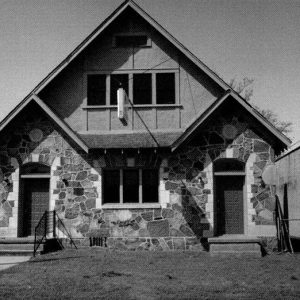 Riggs-Hamilton American Legion Post 20
Riggs-Hamilton American Legion Post 20
Riggs-Hamilton American Legion Post 20
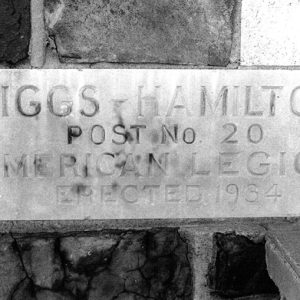 Riggs-Hamilton Legion Post Cornerstone
Riggs-Hamilton Legion Post Cornerstone
Riley, Billy Lee
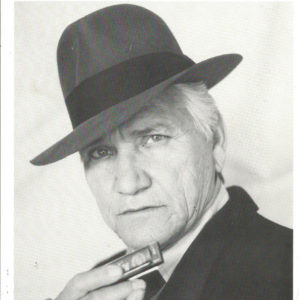 Billy Lee Riley
Billy Lee Riley
Rimrock Records
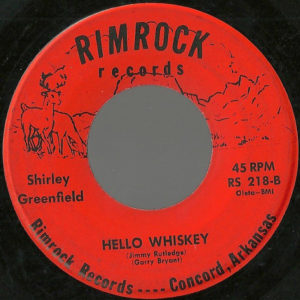 Rimrock Record
Rimrock Record
 Rimrock Records Sign
Rimrock Records Sign
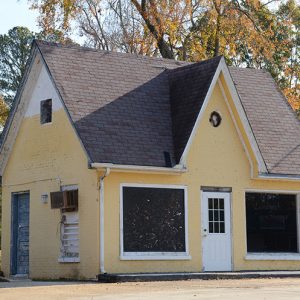 Rison Cities Service Station
Rison Cities Service Station
Rison Cities Service Station
Rison Texaco Service Station
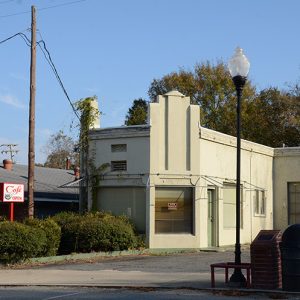 Rison Texaco Service Station
Rison Texaco Service Station
River Valley Arts Center
Riverfest Arts and Music Festival
Rivers, Diana
Rivers, Sam
 Riviera Hotel
Riviera Hotel
Robertson, Thomas Arthur
Robes of Splendor
aka: Robes of the Three Villages
aka: Three Villages Robe
aka: Buffalo Dancers Robe
 Robinson Center Cornerstone
Robinson Center Cornerstone
Robinson Center Music Hall
aka: Joseph Taylor Robinson Memorial Auditorium
aka: Robinson Auditorium
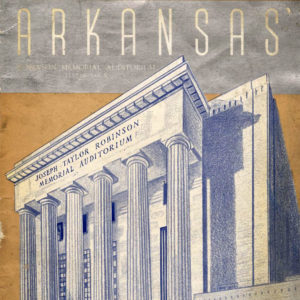 Robinson Grand Opening
Robinson Grand Opening
Robinson, Fatima
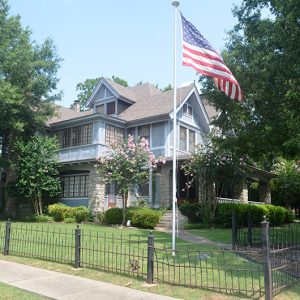 Joseph Taylor Robinson House
Joseph Taylor Robinson House
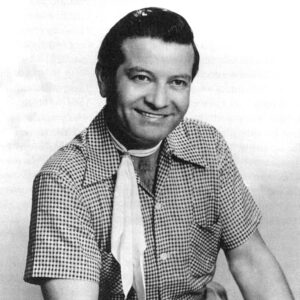 Fabor Robison
Fabor Robison
Robison, Fabor Allen
 Rock 'n' Roll Highway
Rock 'n' Roll Highway
Rock ‘n’ Roll Highway 67
 Rock ‘n’ Roll Highway Route Sign
Rock ‘n’ Roll Highway Route Sign
Rock and Roll Music
Rock Island Argenta Depot
Rock Island Line, The
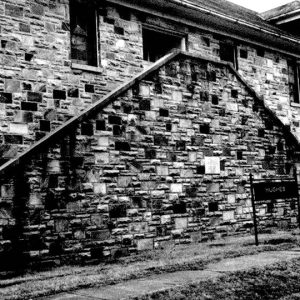 Rock-work Detail
Rock-work Detail
Rockabilly
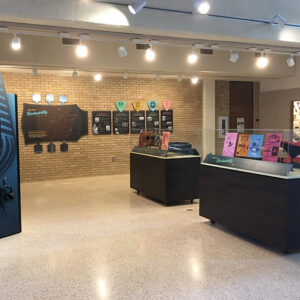 Rockabilly Exhibit
Rockabilly Exhibit
Rockport Cemetery
Rodriguez, Dionicio
Rolling Stones, Arrest of the
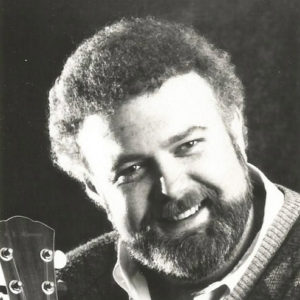 Terry Rose
Terry Rose
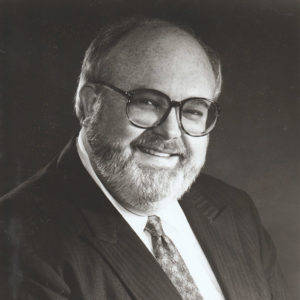 Terry Rose
Terry Rose
Rosedale Plantation Barn
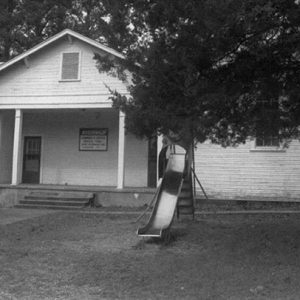 Rosenwald School
Rosenwald School
 T. J. Rowbotham
T. J. Rowbotham
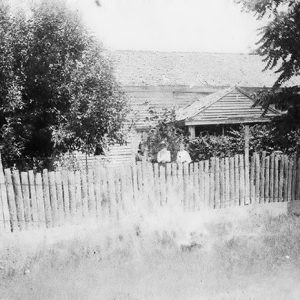 Rowland-Lenz House
Rowland-Lenz House
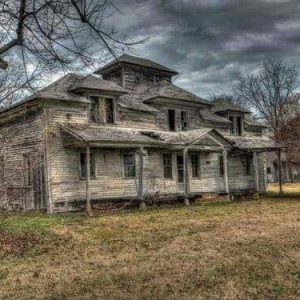 Rowland-Lenz House
Rowland-Lenz House




